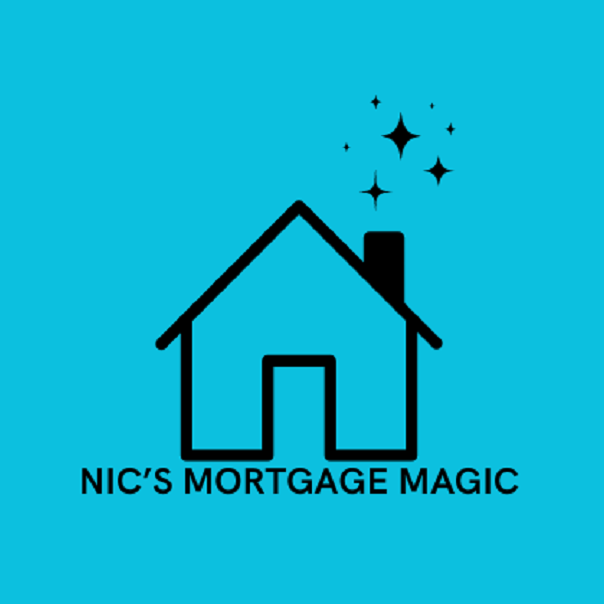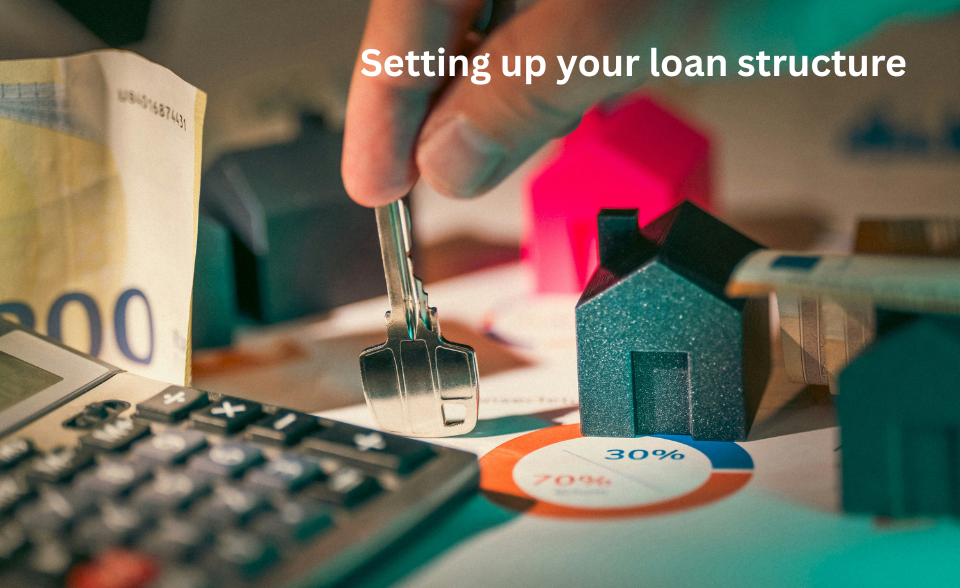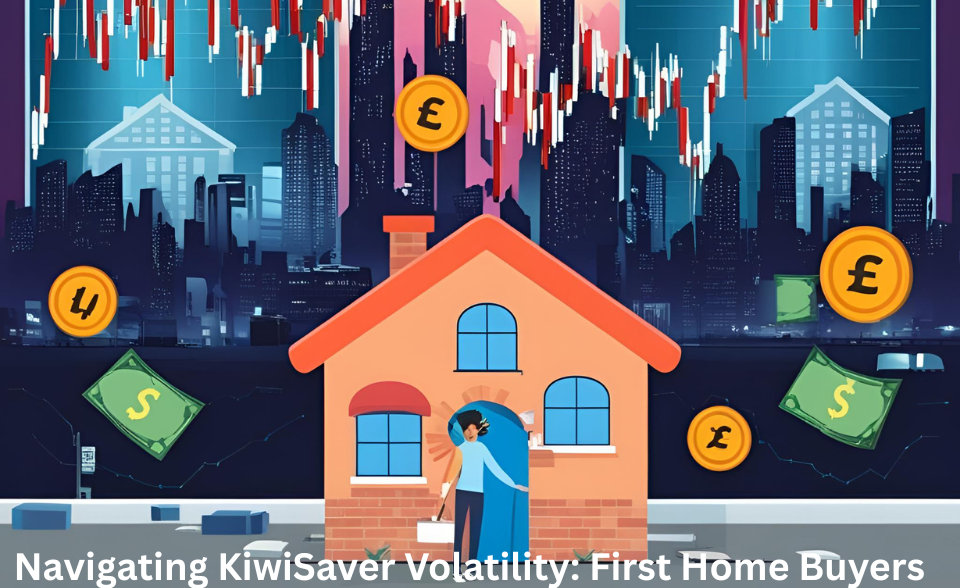Understanding the complex world of home loans and mortgages is hard. I’ll make it easier, starting
with today’s topic: a reverse mortgage.
Perhaps you’ve never heard of a reverse mortgage before – or maybe you have heard of this home
loan product, which allows you to borrow against the value of your property, and you would like to
know more, including how to apply for one.
Either way, you’re in the right place. Let’s take a comprehensive look at reverse mortgages, their
pros, cons, and how to apply for one.
What is a reverse mortgage?
Before we really start digging into this topic, let me answer the most pressing question first and
foremost – what exactly is a reverse mortgage?
Well, a reverse mortgage is a type of loan available to homeowners who are aged 60 and over, which
allows them to convert part of the equity in their home into cash.
Unlike traditional mortgages, where monthly payments are made to the lender, a reverse mortgage
doesn’t require repayment until the homeowner eventually sells their property, moves out, or
passes away.
The loan is secured against the home’s equity, and interest is added to the loan balance each year.
Why would you want a reverse mortgage?
Normally I’d get to know your financial situation and motivations in order to make a more
personalised recommendation. Broadly speaking, however, a New Zealander aged 60+ might want a
reverse mortgage for one of these reasons:
- Home renovations: To make their home more accessible and comfortable in retirement,such as updating the kitchen, bathroom, or putting in a wheelchair ramp, for example.
- Debt repayment: To consolidate existing debts, shifting the repayment obligation to the home’s equity.
- Supplementing income: To provide additional cash flow during retirement, reducing the financial stress of having to live off superannuation payments.
In other words, many senior citizens may find themselves equity-rich but income-poor, so a reverse
mortgage can potentially offer a ready solution to their cash-flow problems.
Reverse mortgage structure options
Once again, I’d welcome a confidential chat with anyone reading this who wants to really explore
their options, but typically reverse mortgages offer a variety of different loan structures.
These include:
- Initial drawdown: A lump sum of at least $5,000, minus any applicable fees.
- Regular monthly advances: Monthly payments starting from $300, which are available for a period of between 60 to 120 months.
- Cash reserve facility: A flexible reserve fund that you can draw from as needed, with interest charged only on what is used.
- Application fees and costs: Fees for application, valuation, and setup may apply. These fees are typically deducted from the loan amount.
How to apply for a reverse mortgage
In New Zealand, major providers of reverse mortgages include Heartland Bank and SBS Bank. As an
experienced and highly trusted mortgage adviser, I can hold your hand through the application
process.
Typically, the reverse mortgage application process begins with an eligibility assessment. I can cover
much of this with a chat over the phone or via Zoom – but you must be at least 60 years old, own
your home outright or have a small remaining mortgage that you can pay off using the reverse
mortgage.
The amount of money that you’ll be able to borrow from the bank will largely depend on your age,
your property’s value and, of course, its location.
The next step in the reverse mortgage application process will likely require you to get an affordable desktop valuation to
determine the current market value of your property. This will help in calculating the loan-to-value
ratio (LVR), which influences the maximum amount you can borrow.
I’ll be happy to chat through all of this and more in depth. Check out my contact me page to get in
touch today.
The pros and cons of reverse mortgages
By now, hopefully, you should understand what a reverse mortgage is, who it’s for, and how to apply
for one.
As I’ve outlined here, a reverse mortgage can be a powerful financial tool for enhancing your
financial stability throughout retirement – but they’re not for everyone. They do come with their
own complexities and potential risks.
The pros of a reverse mortgage include:
- Maintaining home ownership: You can continue to live in your home for as long as you want.
- No monthly repayments: You don’t need to make regular payments, as the loan is repaid when the home is sold or upon death. You can, however, repay you loan in full or make part repayments at any time, without penalty
- Equity protection: You will never owe more than the home’s sale value, and the remaining equity can be inherited by your family.
The cons of a reverse mortgage include:
- Increasing loan balance: As interest compounds, the amount owed increases over time, potentially eroding your home’s equity.
- Floating interest rates: Reverse mortgages usually have variable interest rates, which may be higher than standard mortgage rates.
- Impact on inheritance: If too much equity is borrowed, it could reduce the inheritance left to your beneficiaries.
If you’re seriously considering applying for a reverse mortgage, it’s crucial to evaluate and understand how it fits with your long-term financial goals, especially regarding inheritance and potential home value fluctuations.
For personalised, professional advice and more information about reverse mortgages, I’m here to
help. Please get in touch with me today. I can help assess your situation and help you decide
whether a reverse mortgage is the right solution for your financial situation and goals.







